Designed according to 4 main knowledge streams, corresponding to 4 competency domains
According to the Ministry of Education and Training, in the new context, AI education plays an important role in helping students acquire and expand their knowledge, be creative in the digital environment and adapt to modern society. AI also supports the formation of the ability to apply technology in study and work.
The AI education content framework is built on four knowledge streams, corresponding to four competency domains: human-centered thinking, AI ethics, AI engineering and applications, and AI system design. These knowledge streams complement each other to help students understand the boundary between technology use and social responsibility, ensuring that AI serves people safely and humanely.
AI education content by grade level
The content framework is divided into two stages: basic education (primary and secondary school) and career orientation (high school), with a coherent design but differentiated according to age characteristics:
Primary (Introduction): Students recognize AI through visual applications (image and voice recognition), understand that AI is created by humans, and initially form awareness of protecting personal data.
Secondary School (Basic understanding): Understand the operating principles (data, algorithms), practice using AI tools to solve learning problems and identify AI risks and biases.
High School (Creation and Career Orientation): Students design simple AI systems, develop complex problem-solving thinking, and orient themselves toward careers in technology.
Flexible deployment, no overload
The draft requires the implementation of AI content uniformly nationwide but flexibly according to the conditions of each locality and school. The implementation does not change or overload the General Education Program; AI content must be linked to the requirements of each subject and appropriate to the psychology of each age group.
Schools proactively choose implementation methods such as integrating into subjects, organizing seminars, projects, clubs, etc.; suitable to practical conditions.
The Ministry of Education and Training also requires localities to maximize available resources and facilities, avoiding scattered and ineffective investments. Encourage cooperation and socialization to mobilize resources to support expertise, learning materials and practical experiences. Have appropriate solutions so that all students, especially those in areas with difficult socio-economic conditions, have the opportunity to access AI education.
Expected implementation schedule
According to the plan, in December 2025, the Ministry of Education and Training will develop documents and train core staff to implement the pilot.
From December 2025 to May 2026: Pilot at a number of educational institutions.
June 2026: Summarize and evaluate pilot results, complete the AI Content Framework to propose widespread deployment in the following school years.
In parallel with student education, the Ministry also piloted the application of AI in management, supporting teachers in preparing lessons and innovating assessment methods.
Source: https://vietnamnet.vn/bo-gd-dt-tinh-dua-noi-dung-giao-duc-tri-tue-nhan-tao-vao-cac-truong-pho-thong-2465618.html










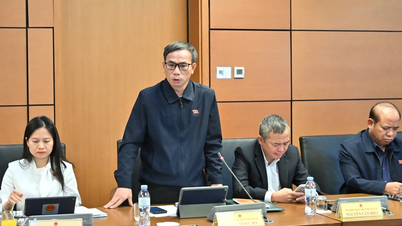







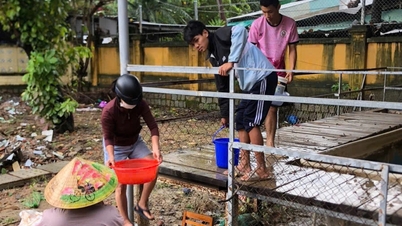




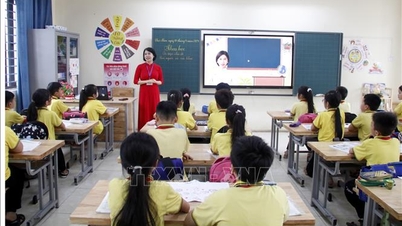
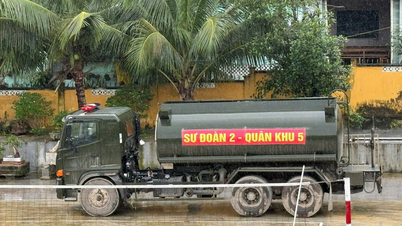












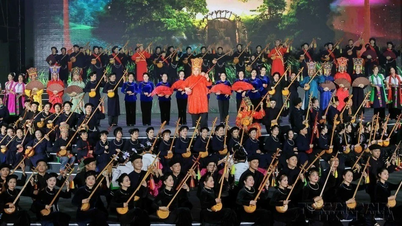


















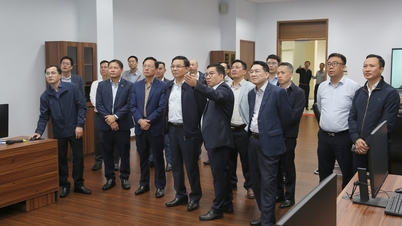














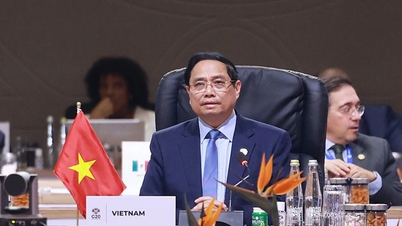





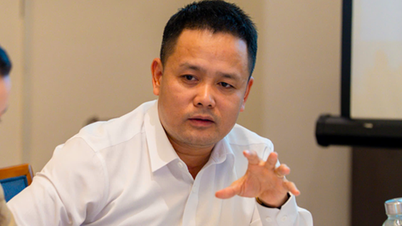








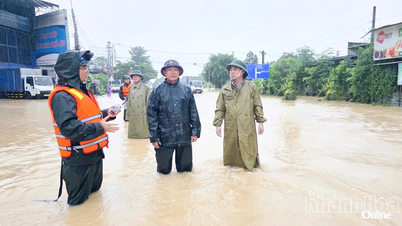















Comment (0)